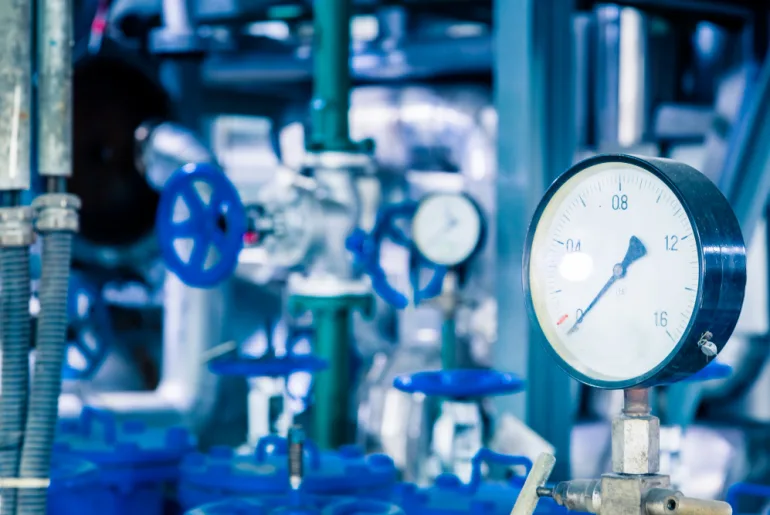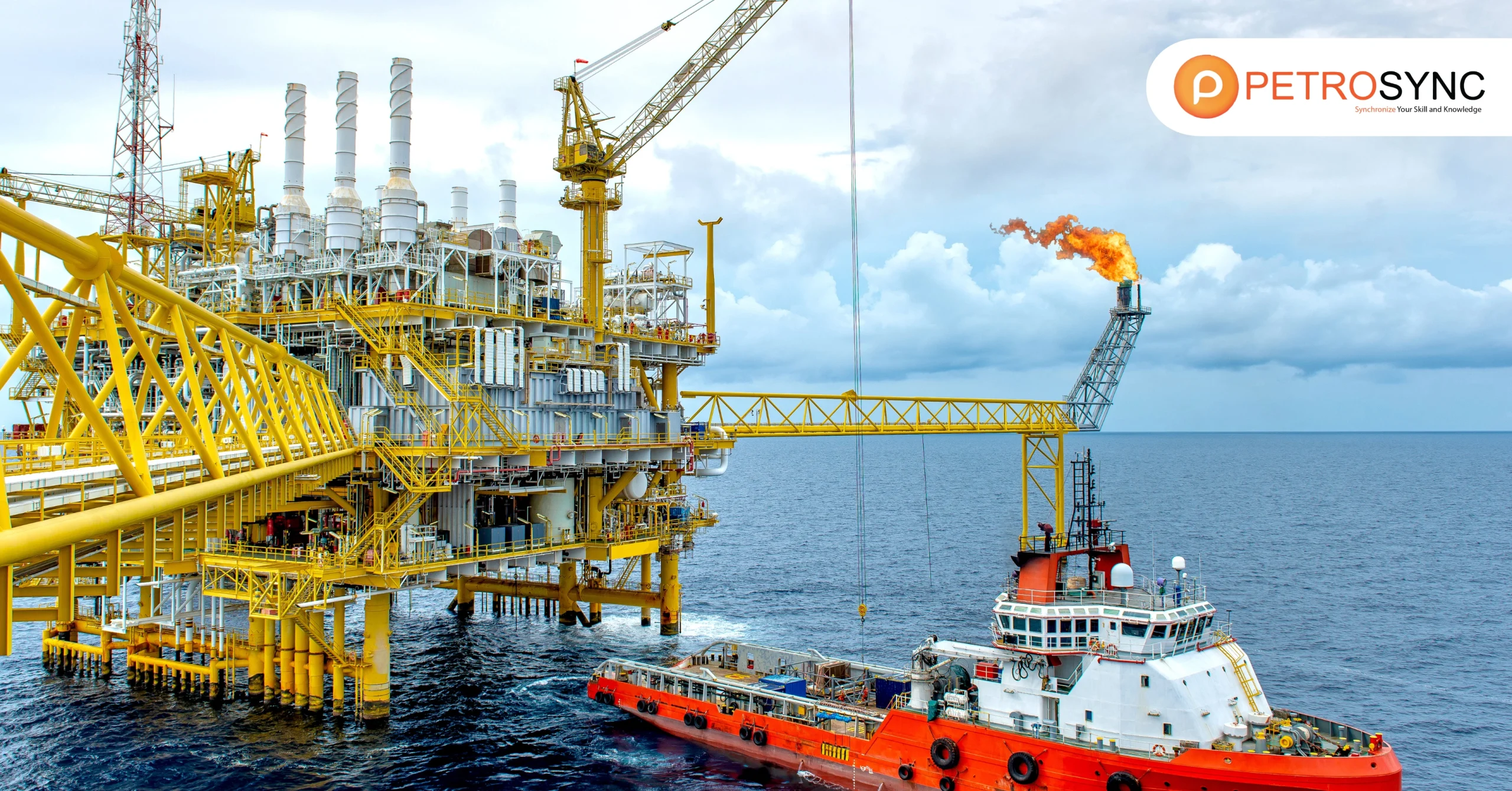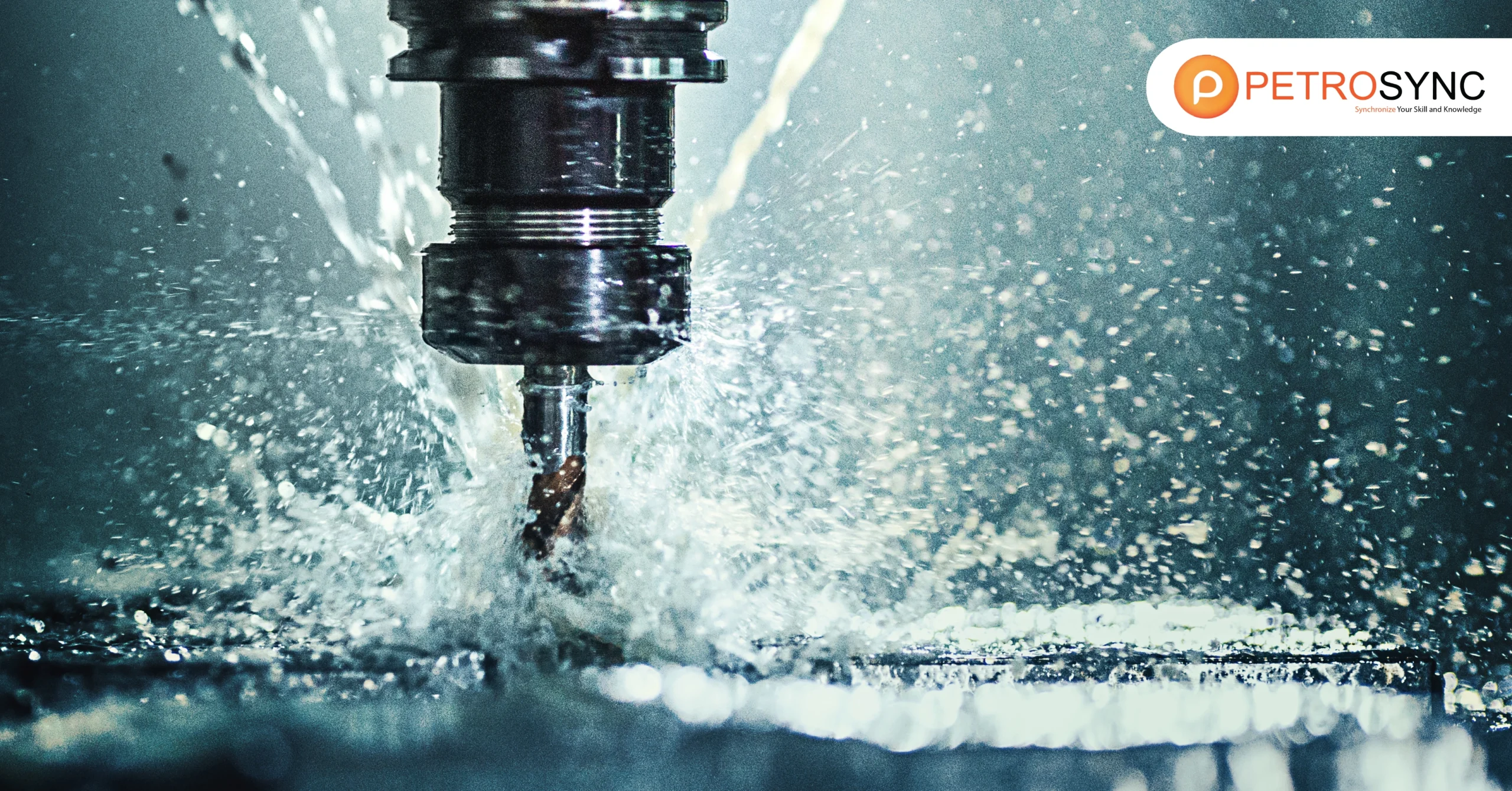ASME Section VIII is a part of the ASME Boiler and Pressure Vessel Code (BPVC) that establishes standards for ensuring the safety and reliability of pressure vessels and boilers. It focuses on designing, constructing, inspecting, and certifying pressure vessels for various industries. ASME Section VIII ensures that pressure vessels can withstand internal pressure during operation without risking failure or leakage.
Manufacturers and designers need to follow the guidelines in ASME Section VIII to ensure their pressure vessels meet safety standards and can be operated with confidence. ASME Section VIII includes different divisions, such as Division 1 focuses on pressure vessel design and construction when the maximum allowable working pressure (MAWP) exceeds 15 psi, and Division 2 is applicable for pressure vessels with a maximum allowable working pressure (MAWP) equal to or less than 15,000 psi.
What Is ASME Section VIII Div. 1 Latest Edition Update?
According to IHS (Accuris), the 2023 edition of BPVC Section VIII, Division 1 introduces several key changes:
- Addition of paragraph UG-84(d)(3) clarifying impact test requirements for diffusion welding (DFW).
- Inclusion of paragraph UG-101(a)(5) for sharing proof testing reports between related manufacturers.
- Realignment and revision of Part UHX for consistency across heat exchanger types.
- Removal of Part UHX and Appendix 26, referencing Part 4.18 and 4.19 of Division 2 instead.
- Revision of “PRT” to “PRT VIII-1” designation throughout Section VIII, Division 1.
These updates aim to enhance clarity, consistency, and maintenance ease for pressure vessel design and fabrication.
What Is ASME Section VIII Div. 2 Latest Edition Update?
The 2023 edition of BPVC Section VIII, Division 2 includes the following key changes:
- Removal of Certifying Engineers for Class 2 Design-by-Rule (DBR) applications in Part 2, eliminating conflicts with international engineering registration requirements.
- Realignment and revision of Part 4.18 for consistency in heat exchanger design, with revised shell and channel coefficients based on the mean diameter.
- Addition of paragraph 4.2.5.7 to assign a common joint category for tube-to-tube sheet welds.
- Complete rewrite of Paragraph 5.4 and introduction of Table 5.8 for protection against buckling.
- Revision of Paragraph 5.5.2.4 and Table 5.10, providing a simplified method for screening components in cyclic service.
- Replacement of “PRT” with “PRT VIII-1” designation in Section VIII Division 2.
Quoting from IHS (Accuris) these changes improve consistency, align with international standards, and enhance the design and operation of pressure vessels.
What Is ASME Section VIII Div. 1 and 2 Training Course Objective?
PetroSync’s ASME Section VIII training course aims to provide attendees with a comprehensive understanding of various aspects related to pressure vessel design and construction. Throughout the course, attendees will gain familiarity with the key concepts and technical terminology used in relevant codes. A significant focus of our training course will be on highlighting the distinguishing features and key differences between ASME Section VIII Division 1 and Division 2. Attendees will delve into the design aspects of pressure vessel components such as shells, heads, and other pressure parts, and learn about the design considerations for nozzles and the necessary reinforcement techniques.
The training course will provide comprehensive guidance on conducting pressure testing, as well as the certification and stamping processes involved in ensuring the compliance and safety of pressure vessels. Furthermore, attendees will also be introduced to the concept of integrity assessment for in-service vessels to gain valuable knowledge about the evaluation and maintenance of pressure vessels during their operational lifespan.
What Is ASME Section VIII Div. 1 and 2 Training Course Outline?
The outline regarding PetroSync’s ASME Section VIII Div. 1 and 2 training course is listed down below. For a more detailed and complete outline, you can refer to PetroSync’s ASME Section VIII training course brochure.
Day 1 of ASME Section VIII Training
- Introduction to ASME codes
- Structure of ASME Sec. VIII Div. 1
- ASME Code system: Code revisions, Editions, and addenda
- Pressure vessels included in ASME Codes
- Pressure vessels excluded from ASME codes
- Design principles adopted in ASME codes
- Design rules: how these were derived and arrived at the Concepts of working pressure, design pressure, MAWP Allowable stress in ASME design
- Case Studies and Examples
Day 2 of ASME Section VIII Training
- Nozzles and openings, reinforcement of openings
- Adequacy of weld joints for shells and nozzles
- Methods of design optimization, and an economical compliance.
- Quality Assurance System as per ASME codes
- Materials for pressure parts
- Materials for non-pressure parts
- Requirement of low-temperature service
- Deciding on impact test requirement
- Impact test exemptions
Day 3 of ASME Section VIII Training
- Deciding PWHT requirement
- PWHT methods
- PWHT temperature, time
- Heating/cooling rates
- Deciding nozzle orientations
- Requirements of man-ways and inspection openings
- NDT of pressure vessels
- Selection of NDT methods
- Code requirement for radiography
- Acceptance criteria for elongated and rounded indications
Day 4 of ASME Section VIII Training
- Introduction to ASME Sec. VIII Div.2
- Salient features of ASME Sec. VIII Div.2
- Basic differences between ASME VIII Div. 1 and ASME VIII Div. 2.
- Allowable Stress Basis and Safety factors for the design
- User’s design specification (UDS)
- Materials Permitted For Construction of Vessel Parts
- Supplemental Requirements for Carbon and Alloy Steels
- Material Test Requirements
- Deciding on impact test requirement
- Stress ratio calculations
- Impact test exemptions
- Impact test acceptance criteria
Day 5 of ASME Section VIII Training
- Fabrication Requirements
- Fitting and Alignment
- Preheating and Heat Treatment of Weldments
- PWHT methods
- PWHT temperature, time
- Heating/cooling rates
- Examination groups for pressure vessels
- Radiography and UT requirement-Volume NDT
- PT and MT requirements-Surface NDT
- Acceptance criteria for NDT
- Pressure Testing Requirements
- Hydrostatic and Pneumatic Tests
Is There Any ASME Section VIII Div. 1 and 2 Certification Issued by ASME?
As of now, ASME does not provide a certification program specifically for individuals in relation to ASME Section VIII. However, ASME offers certification programs for manufacturers in relation to the ASME Boiler and Pressure Vessel Code (BPVC) to demonstrate their competence in designing and fabricating pressure vessels in accordance with the guidelines set forth in the BPVC.
In line with BPVC for equipment, taking ASME Section VIII training course is strongly advised for engineers as it imparts valuable knowledge and comprehension of code requirements, design principles, fabrication techniques, inspection procedures, and safety considerations about pressure vessels. Acquiring this knowledge through training elevates engineers’ expertise while promoting the secure and compliant design and operation of pressure vessels.
Who Should Attend ASME Section VIII Div. 1 and 2 Training Course?
This training course is intended for but not limited to:
- Design Engineers/Managers
- Mechanical Engineers/Managers
- Maintenance Engineers/Managers
- QAQC Engineer /Managers
- Inspection Engineers/Managers
- Reliability Engineers/Managers
Enrolling in ASME Section VIII Div. 1 and 2 training course is a decision that holds immense value for mechanical, maintenance, and inspection/QAQC engineers or managers in the field of pressure vessel design and construction. PetroSync’s training course equips attendees with the knowledge, skills, and expertise needed to excel in pressure vessels.
By undertaking this training, attendees will gain a deep understanding of the key concepts, technical terminology, and design fundamentals outlined in the latest ASME codes. Save your ASME Section VIII Div. 1 and 2 training spot and navigate the standards confidently with PetroSync!

SEO specialist by day, fact-checker by night. An avid reader and content writer dedicated to delivering accurate and engaging articles through research and credible sources.







